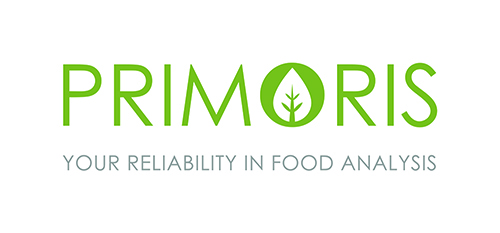|
 |
Newsletter #21 |
|
|
In the spotlight: role of mycotoxins in terms of food safetyWhen you think of Primoris, you think of specialised accredited analyses of plant protection products, but also of mycotoxins and other contaminants. Over the last years we have gathered substantial expertise in the analysis of mycotoxins. Indeed, mycotoxins (including ergot alkaloids and masked mycotoxins) are increasingly appearing in the spotlight and are included more frequently in legislation. This is not at all surprising, since the presence of mycotoxins in food can be a treat to food safety. Depending on specific substances and concentration, mycotoxins are carcinogenic, mutagenic, teratogenic and immunosuppressive. Mycotoxins are mainly present in cereals but also can also appear in fruits, nuts and other food items. As we want to keep our range of analyses up-to-date with the market needs, we have further developed our existing method for regulatory mycotoxins and have included new, emerging mycotoxins in our scope. EVOLUTIONS IN REGULATORY MYCOTOXINSOur current scope contains mycotoxins that are included in the commission regulation (EG) 1881/2006, containing the maximum levels for certain contaminants in foodstuff. Evolutions in regulatory mycotoxins have caused updated limits for certain products or even the inclusion of new foodstuff in this regulation. Also, thanks to our methods (MYC, AOL_01_A, PA_01_A, AFLM) we’re able to comply with the diverse demands of different sectors, including the baby food and organic market, as well as the animal feed sector. EMERGING MYCOTOXINS: PREPARE FOR FUTURE LIMITSFor a number of emerging mycotoxins the EFSA has requested the member states to gather data in order to perform an accurate exposure assessment, which, in the long term, could lead to new limits to protect public health. We have included the majority of these emerging mycotoxins to our scope, as we want to support our customers in their preparations for the possible future limits. INCLUSION OF ERGOT ALKALOIDSThe emerging mycotoxins ergot alkaloids are also included in our portfolio. These compounds can be produced by fungi (if they are present during the growing process of grains). They are most often found on rye, wheat, barley, millet and oats. In the future, we expect that regulatory limits will be established for these mycotoxins. Furthermore, for ergot sclerotia a regulatory action limit is already set for unprocessed grains (except maize and rice) of 0.5g/kg infected kernels. TECHNICAL DETAILS
METHOD CODES
Do you wish to have more information about this update? Do not hesitate to contact our customer service or your market manager. |
|

|
|
